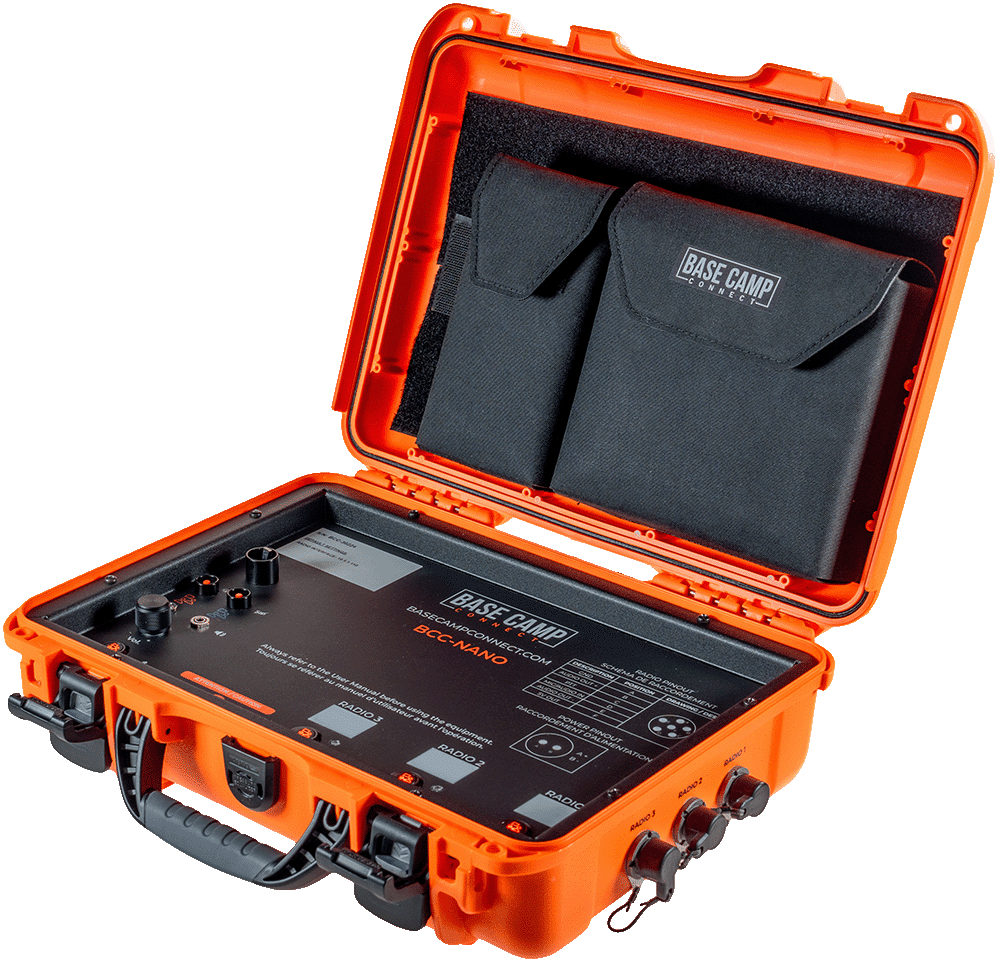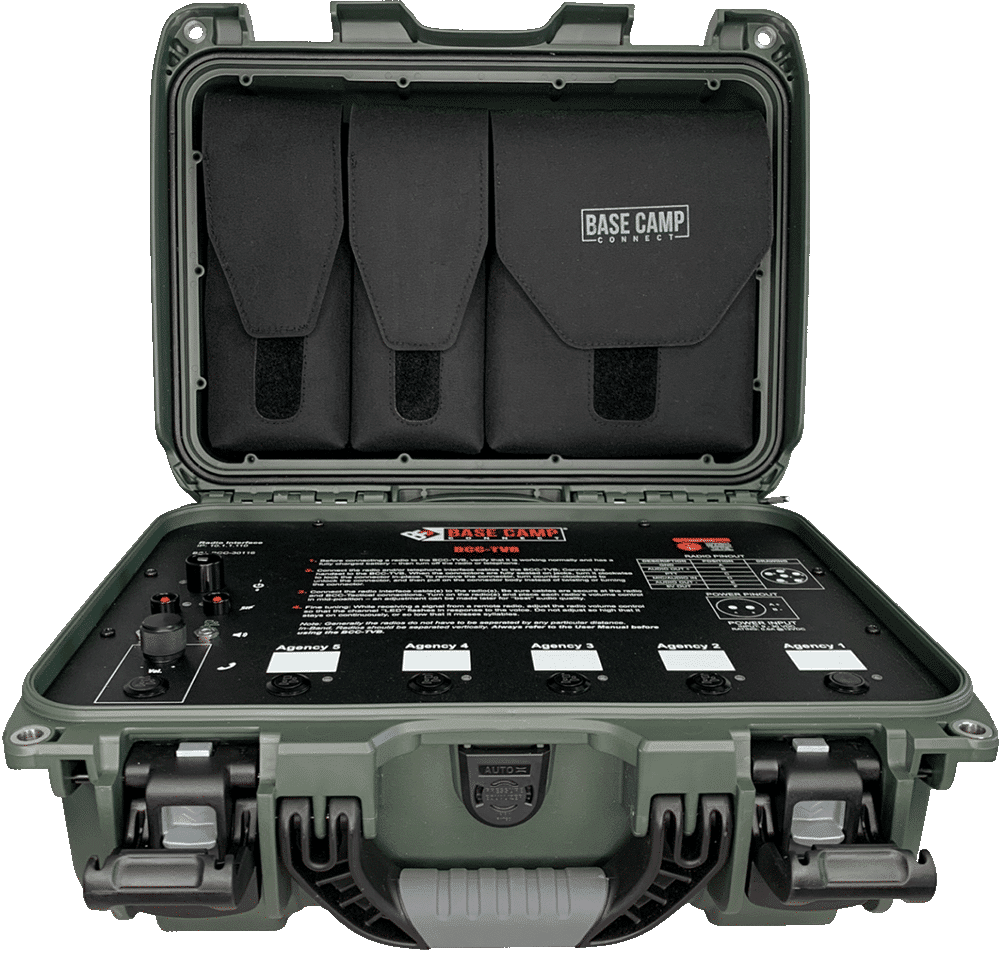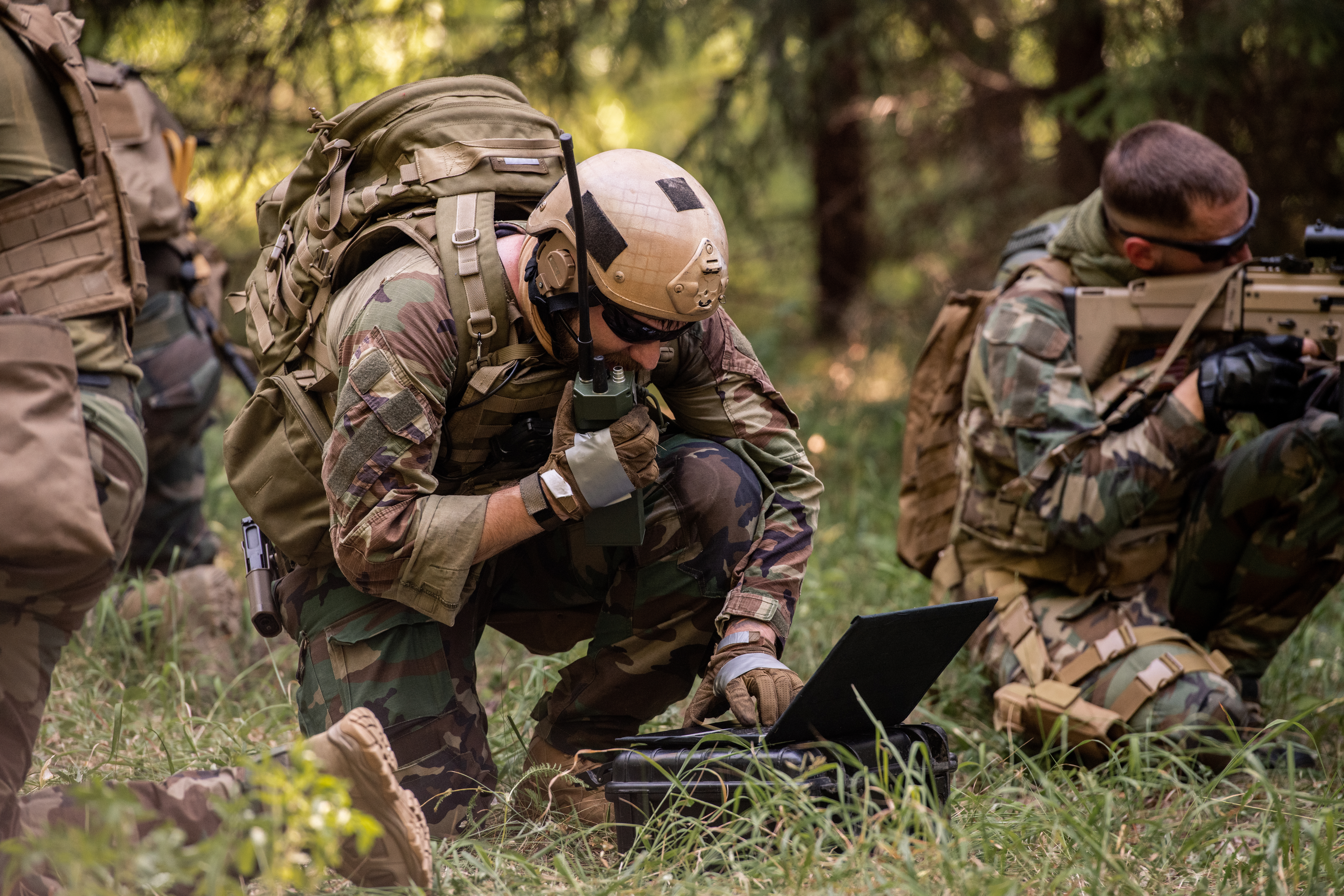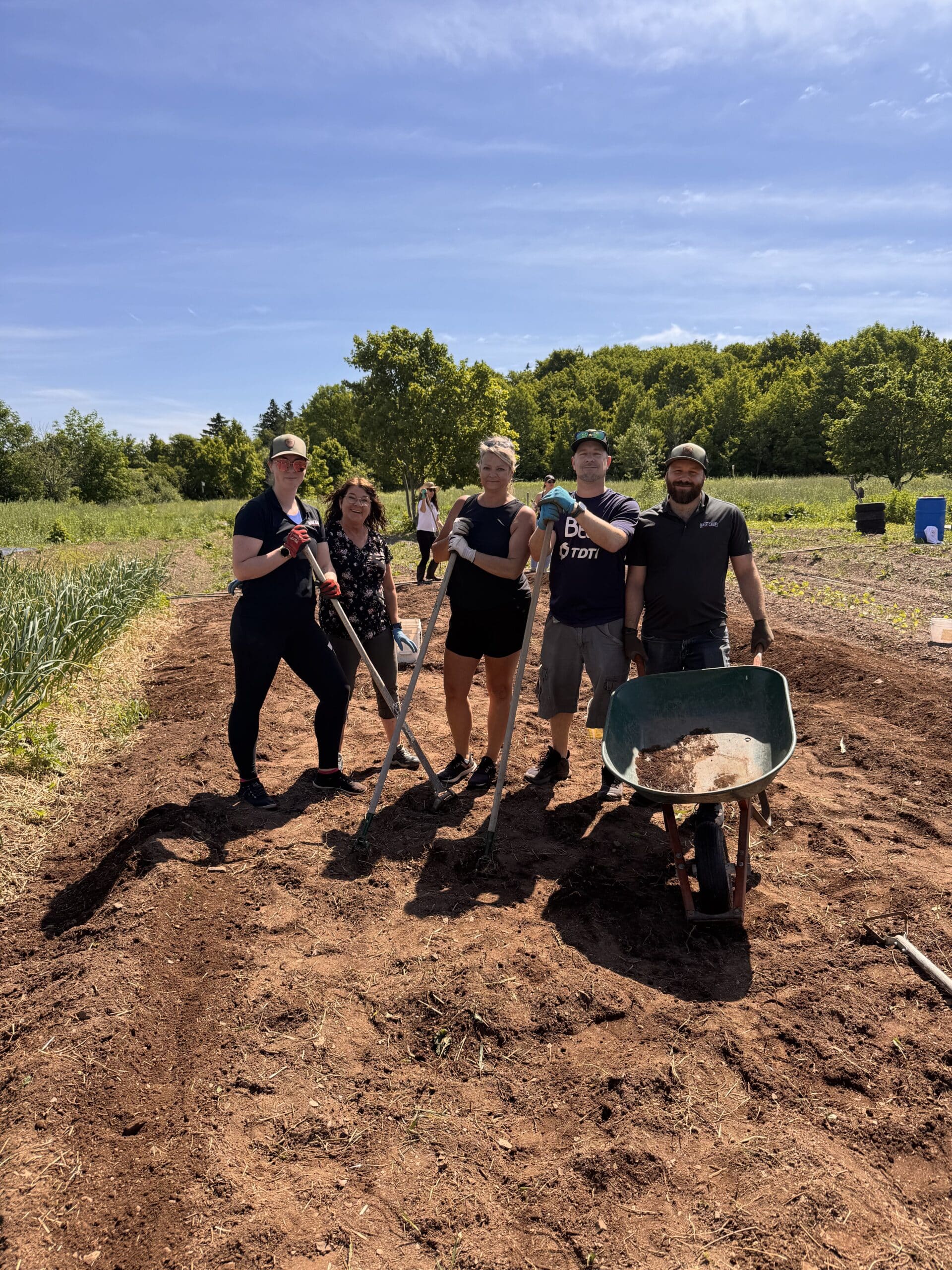For many fire department leaders, specifying and purchasing fire apparatus can be a very difficult process. Because it’s an infrequent task, many fire chiefs or truck committees are unfamiliar with the processes and procedures that such a project entails.
Consequently, many fire departments rely on the advice and counsel of an apparatus salesperson to provide guidance and direction when developing the specifications for a new fire truck or a mobile command vehicle. This can add to the anxiety and apprehension of the chief who is concerned with obtaining suitable fire apparatus, at a reasonable price, for his or her community.
But it doesn’t have to be that way. We live in the information age where we have unlimited access to online information and tools that can greatly benefit fire departments when they need to develop purchasing specifications for new fire apparatus.

Source: Smeal.com
Today’s fire apparatus is much more than just a heavy-duty truck that carries water, hose and a pump or an aerial device. Like the manufacturers of today’s passenger vehicles, fire apparatus manufacturers are designing and building trucks with integrated on-board computer systems that control many of the vehicles operational functions. They’re also including many safety and design improvements that have come about with revisions to NFPA 1901: Standard for Automotive Fire Apparatus (Now in its 2016 edition).
So, what are some of those sources of information and online tools? Well, before we get to those items, here are a couple of tips to get ready for the specification development process.
Assemble your truck/mobile command post specifications team. In an earlier post, 12 Steps to Better Plan your Department’s next Fire Apparatus, I covered who should be on the team and what work that team should engage in to ensure that the department gets what it needs and what it can afford.
Think of the specification writing process as “How” your department will get the fire apparatus it needs. Before that, the truck team should have a clear idea of: Why we need the truck; what tactical operations must the truck be able to support; and what can we afford to spend on a truck. Equipped with that information, your department’s truck specification team will be in a better position to make maximum use of the one or more of the following tools.
Assistance with the specifications writing process
Other fire departments
An online search will find that more departments are posting their apparatus purchasing specifications templates online for the benefit of other fire departments. Here’s an example from the Central Pierce Fire Rescue Department in Tacoma, Washington.
Exercise care when using another department’s specifications template. Make sure that the language used in any document is congruent with your local and state laws for such documents. It’s a good idea to have an attorney who’s experienced in contract law give any document a thorough review before you start filling in your department’s information.
Community resources
Look at what resources you might have right in your community. Likely, there are other businesses in your community who regularly must write vehicle purchasing specifications for heavy-duty trucks. This is the one part of the specifications writing process for fire apparatus that can be the most challenging for fire departments, especially if there’s no one in the department that’s familiar with heavy-duty truck technology. Some examples in your community might be: trucking and shipping companies; heavy construction equipment sales; and delivery companies.
Vendors
There are a growing number of companies in the market for helping fire departments with design specifications for new fire apparatus. This market is growing as more fire departments need such assistance to comply with grant application requirements, such as, the United States Fire Administration’s Assistance for Firefighters Grant program.
One such company, Fire Truck Design, will provide consulting to meet the needs of individual fire departments. Their consulting services can include: detailed drawings; generic bid specifications; assistance with the bidding process, and weight balance calculations.
Fire Safety USA also provides an online menu-driven configurator program that enables the user to “plug in” their requirements for their desired fire apparatus, e.g., 2-door or 4-door commercial pumper with top-mount pump panel or 2-door or 4-door commercial pumper with side-mount pump panel.
The user enters their desired fire truck features, follows the directions to add their contact information, and then submits the form. The company then sends your department a drawing, component list, specifications, and pricing.
Manufacturers
A growing number of fire apparatus manufacturers are making online tools available for fire departments to develop their purchasing specifications for new fire apparatus.

Montreal Fire Department Mobile Command Post
Unruh Fire Apparatus, a company that builds medium-duty fire apparatus, has an on-line tool, Build a Truck, where the user enters the following required information from drop-down menu choices:
- Type of truck (Brush trucks, Quick Attack Trucks, Rescue Trucks, and Rescue Trucks with water);
- Truck chassis (Ford, Dodge, GMC and others);
- Cab style (2-door, crew cab, or super extended cab);
- Water pump (Gas or diesel from several manufacturers);
- Water tank capacity (100-500 gpm);
- Light and siren package; and
- Type of firefighting foam (Class A or B or both).
An options field enables the user to specify desired vehicle options, e.g., winch, hose reel, SCBA seating or tele-scoping light. The user completes all the applicable fields, including the department’s contact information and submits the form. A company consultant then contacts the department with a quote and sample specifications based on the information from the submission
A fire department can download a specifications document from Sutphen for any of its custom or commercial chassis fire apparatus, for example its Monarch Heavy Duty Custom Pumper. The document provides engineering drawings (four side views and top-view) along with separate engineering drawings for compartmentation, cab, and hose beds.
For fire apparatus on a commercial chassis, the specifications sheet includes the following information (along with available options):
- Chassis: International 4400 and 7400 (4×2), 2 or 4 doors, and 7400 (4×4), 4-door; and Freightliner M2, 2-door or 4-door
- Front Axle and Suspension (12,000 lbs.) and Rear Axle and Suspension (26,000 lbs.)
- 12” bumper standard, optional 20” extension.
- Engine Options (Dependent on Chassis): Maxx Force 330 HP; Cummins ISC 330 HP
- Transmission: Allison EVS 3000
- 167-200” Wheelbase (depending on body and pump module configuration)
- Pump: Hale or Waterous; 1250 to 1500 gpm
- Standard Pump Equipment: (1) 6-inch inlet each side and (1) 2 ½ -inch on left side; (2) 2 ½-inch discharges left, (1) 2 ½-inch discharge right, (1) 2 ½-inch discharge right rear, (2) 2-inch crosslays.
- Water Tank: 500-1000-gallon poly tank
- Body: Sutphen; 3/16” Extruded Aluminum, Huck bolted to the chassis frame; (5) body configurations to choose from; Up to 266 cu. ft. of useable compartment space; ROM roll up doors; painted or brushed finish; and Alco-Lite ladders.
- Additional Options: EMS/storage cabinet options in the cab; hose storage, front suction, front discharge options in the bumper; multiple pump inlet, discharge, and crosslay options; foam system and CAFS options; generator options up to 10 kw; and numerous electrical and scene lighting options.




















